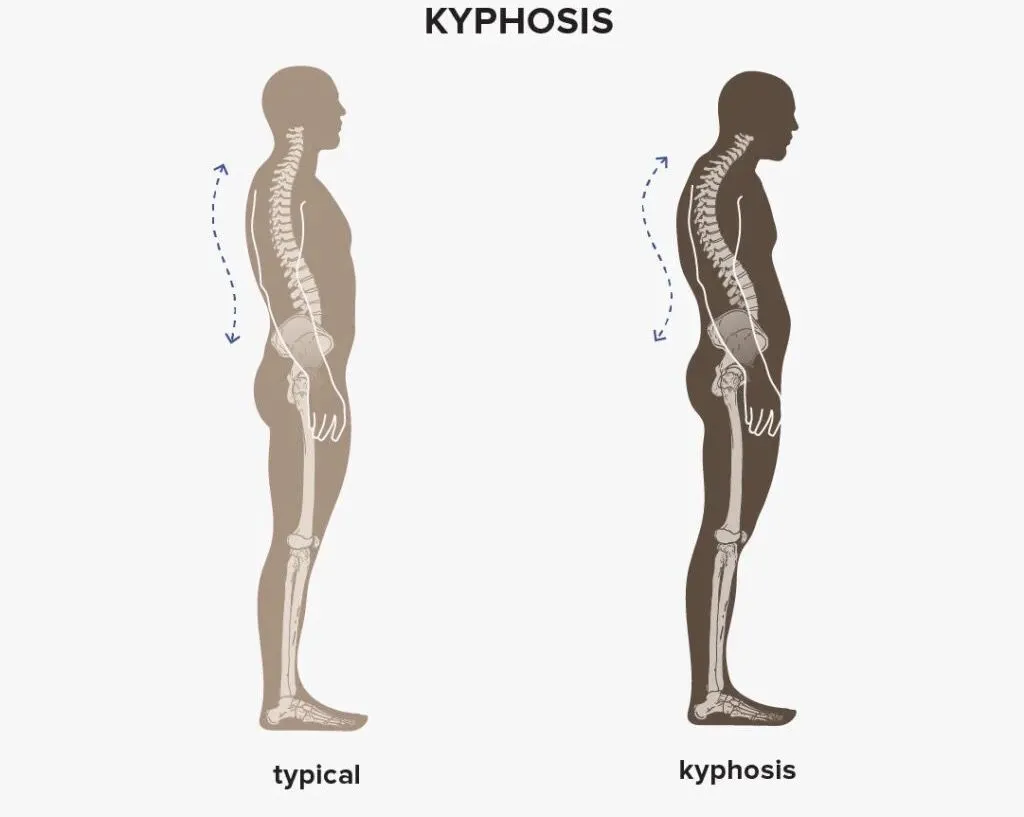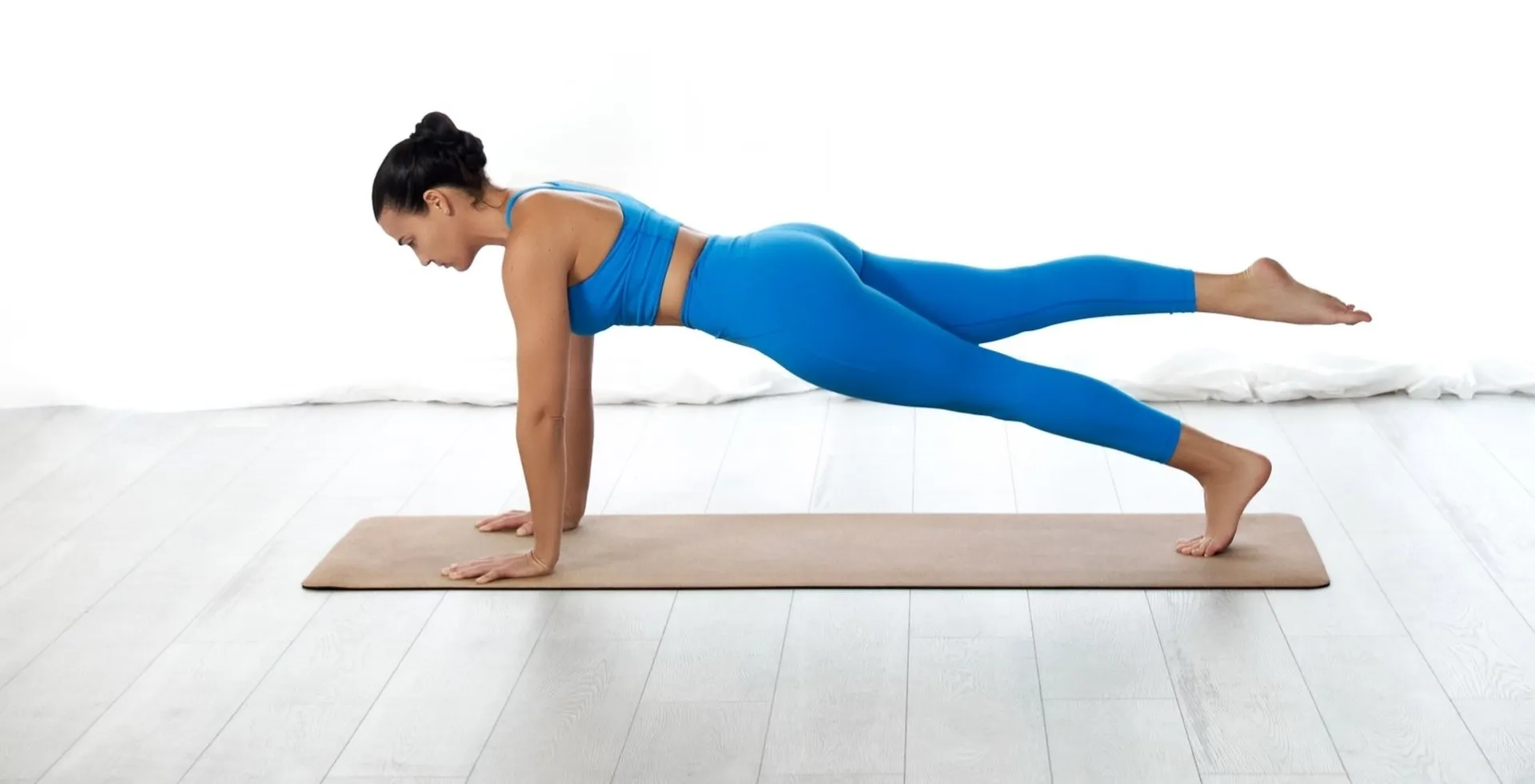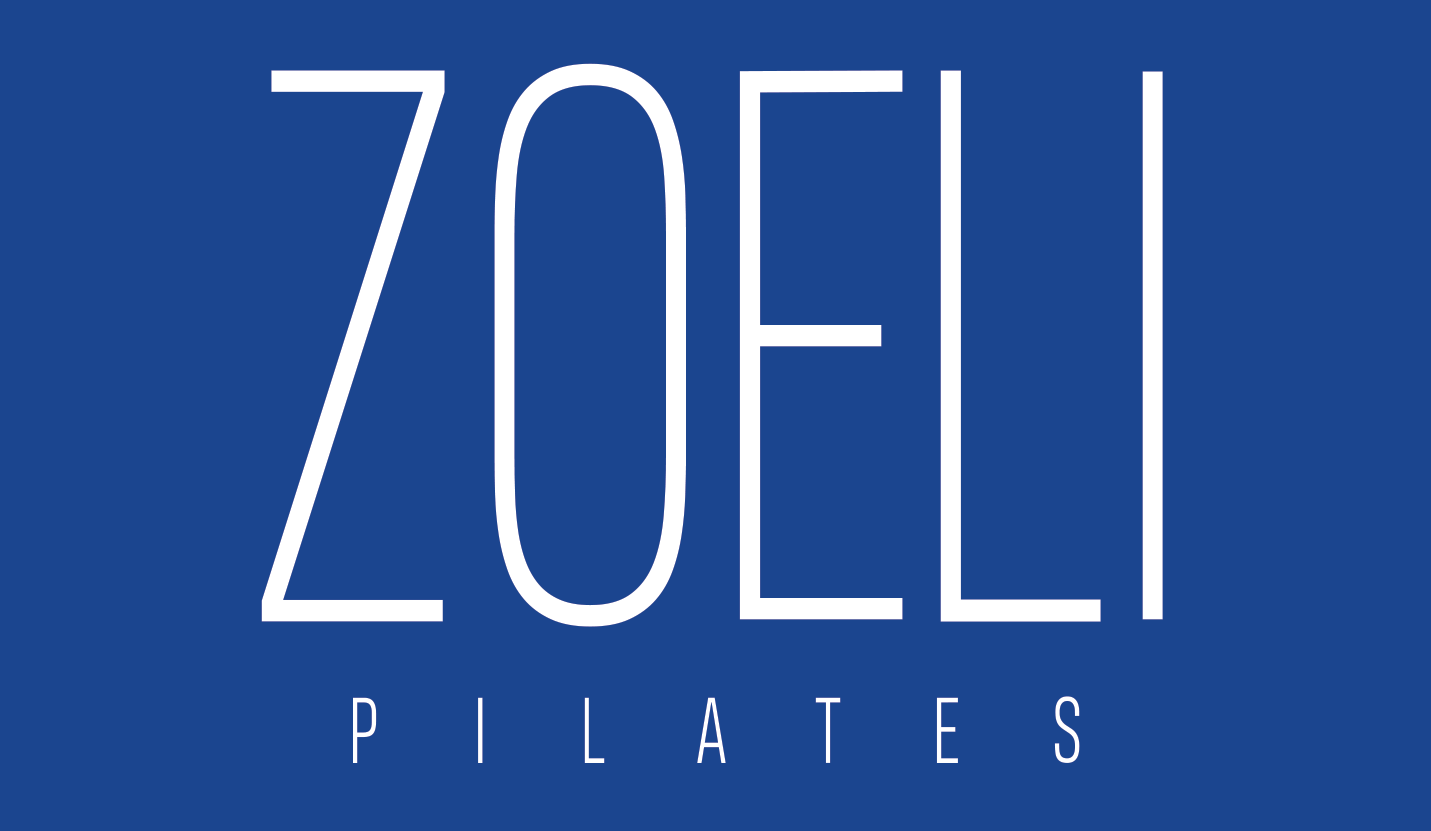Pilates can be performed by people of all ages and brings many benefits in terms of strength, posture, and overall well-being. It has also been shown to help with balance and correct posture issues like poor gait or rounding of the shoulders, also known as Kyphosis.
Why Do Shoulders Become Rounded?
As we age our bone structure can change in strength and flexibility causing changes that become apparent in our stand and posture. Rounded shoulders, or Kyphosis, is a curvature
at the top of the spine that creates a hunched or stooped appearance across the upper back. It can occur during childhood due to poor posture and slouching and in older people rounding of the shoulder occurs due to the weakening of the ligaments and muscles
that cause the vertebrae to stretch.
At any time of life poor posture has negative effects on the back and with large numbers of people working at a desk or at a computer all day, rounded shoulders are becoming
an increasing problem. As young people have a habit of sitting hunched over their phones or handheld devices it is likely that kyphosis will become a more common problem.
How Can Pilates Help?
Fortunately, some of the issues around rounded shoulder can be helped with Pilates. Focusing on strengthening supporting muscles and working the core can release tension and
build better posture. Regular Pilates exercise can help to release tight muscles and reduce pain in the neck and back which may be present. Improved posture can help individuals to look and feel better and taller, along with helping things like breathing or
circulation.
Pilates Exercises For Rounded Shoulders
Wall Exercises
Extending and stretching the thoracic spine can help to release rounded shoulders. The spine follows a natural curvature but too much from sitting over a desk or slouching can
cause problems. Stretching the thoracic area and extending it with wall exercises can help to mobilize the front part of the spine and counteracts the rounding effect. The wall exercises are relatively easy movements that takes little effort so it can be done
easily by anyone.
Muscle Strengthening
Strengthening muscles in the upper back and opening the chest can help to reverse the effects of kyphosis. Pilates exercises, wall and floor, will build strength in the chest
and upper back which help to support the spine and improve posture.
Work The Neck and Shoulders
Consistent practice of Pilates the work the muscles of the neck and shoulders will also help to build strength and resilience in the areas around the spine and upper back. Posture improvements will require a daily Pilates routine to see noticeable results but with a committed approach the benefits of strength building, muscle extension, and better posture will be visible.
Correcting the posture and minimizing shoulder rounding isn’t an overnight fix, but maintaining core strength and better body muscles through Pilates will bring positive results
over time
As Joe Pilates would often say, “Rome wasn’t built in a day!”
-Amanda Marley



